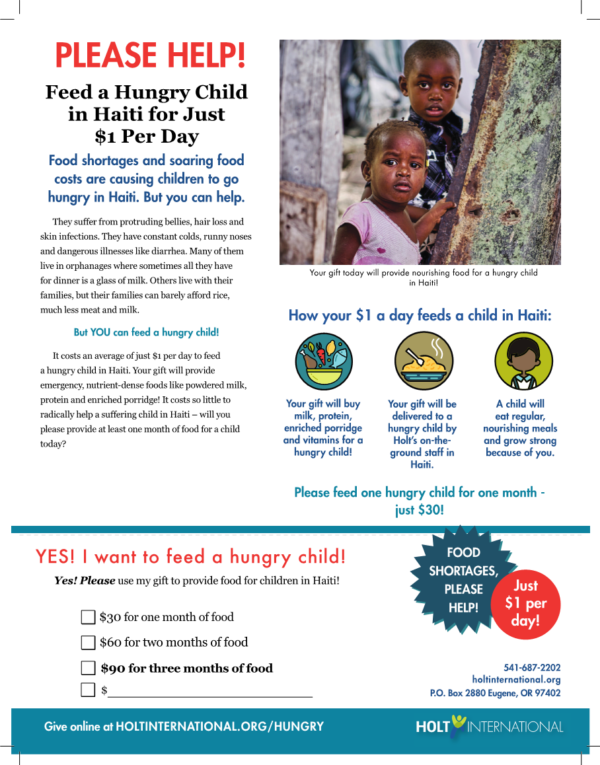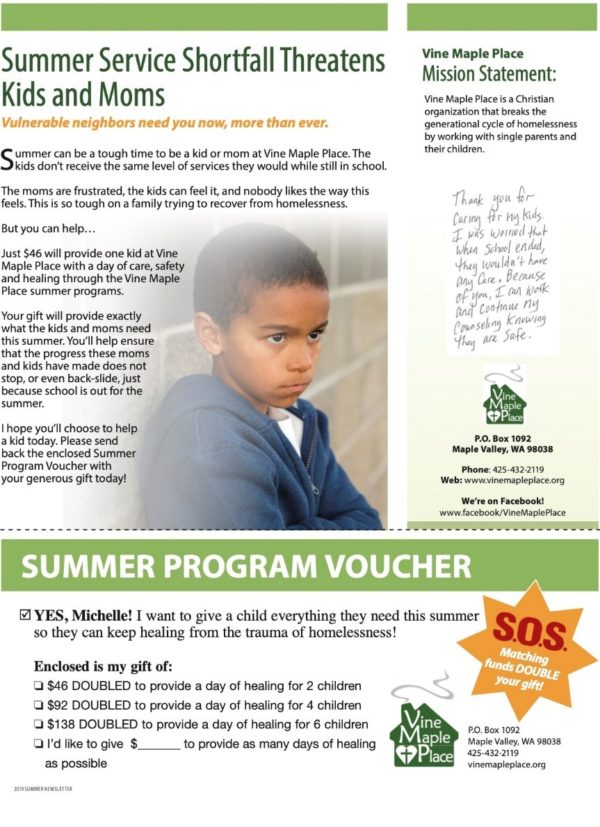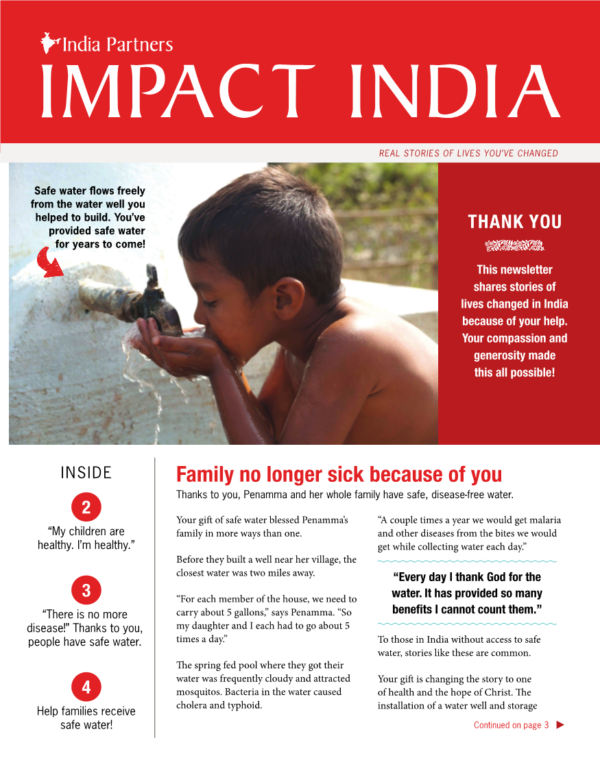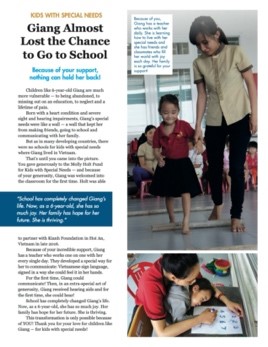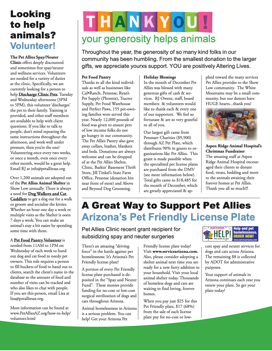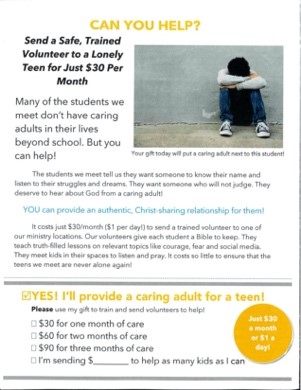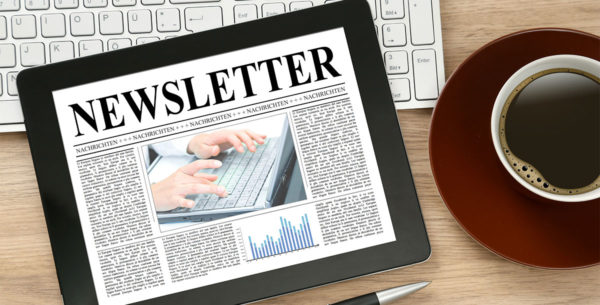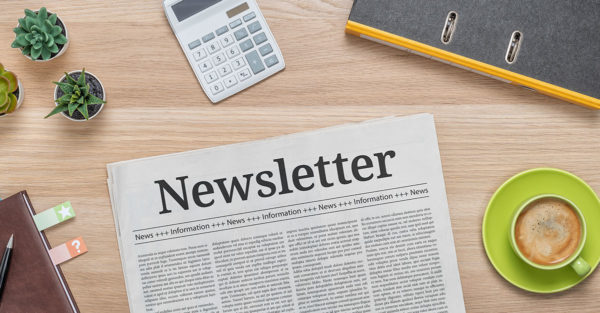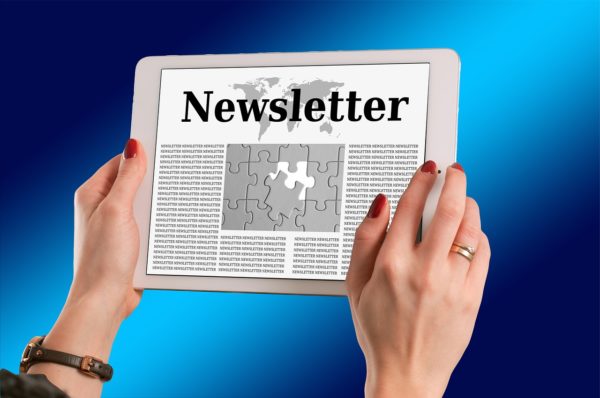Your printed newsletter should be raising a lot of money – as much as your appeals and, in some cases, even more.
The goal of this series has been to give you a tested, proven approach to creating a donor-delighting, money-raising printed newsletter:
- Direct mail experts ran a series of head-to-head tests of different types of printed newsletters. The approach detailed here beat all the other approaches.
- We’ve used this approach since 2004 to reliably (and sometimes incredibly) increase the money nonprofits raise from their newsletters.
- We’ve taught this model at conferences, seminars and webinars. We’ve received hundreds of pieces of feedback about how the approach increased newsletter revenue. You do not need to be an expert to follow this model and raise more money!
So take it this approach and apply it to your organization. Test it against your current approach, or any other approach.
Be Intentional with Your Newsletter
Figure out what your organization’s approach is. Discover and name your organization’s underlying assumptions.
- Maybe your organization believes that printed newsletters are obsolete. (They aren’t.)
- Maybe your organization believes that printed newsletters shouldn’t or can’t raise money. (Neither is true.)
- Maybe your organization believes the way you’ve always done your newsletter is the only way your organization can do a newsletter. (Not true.)
- Maybe your organization fears that if you change your newsletter in any way, your donors will leave. (Also not true.)
- Maybe your organization believes you could do a newsletter like the one taught here, but you could never do an Ask along with it, because it would offend donors. (You guessed it, not true!)
I’ve run into all of these beliefs before. And it doesn’t matter what you believe – what matters is that you identify what you believe that results in your current approach. Then you compare it with the approach outlined in this series and decide which approach to take.
Great newsletters don’t raise money by accident. Content is included for a purpose, and content is excluded for a purpose.
And remember: the primary reason donors read your newsletter is not to hear about your organization. They’re reading because they’re hoping to hear about themselves. Specifically, donors are reading to find out if they and their gift made a difference.
So start with this proven approach that shows and tells donors how they made a difference. And good luck!
Read the whole series:
- What the purpose of your newsletter SHOULD be
- Why are you writing about the organization?
- What your next newsletter should be like
- Outline for newsletter stories
- Newsletter Headlines That Work
- Newsletter Picture Captions that Help, not Hurt
- Newsletter Design: Readable and Scannable Above All Else
- Who to Mail Your Newsletter To
- The Back Page: How to Turn Those Good Feelings into Donations
- Your Printed Newsletter: The final Big Idea that brings it all together (This Post)
This post was originally published on August 11, 2020.



